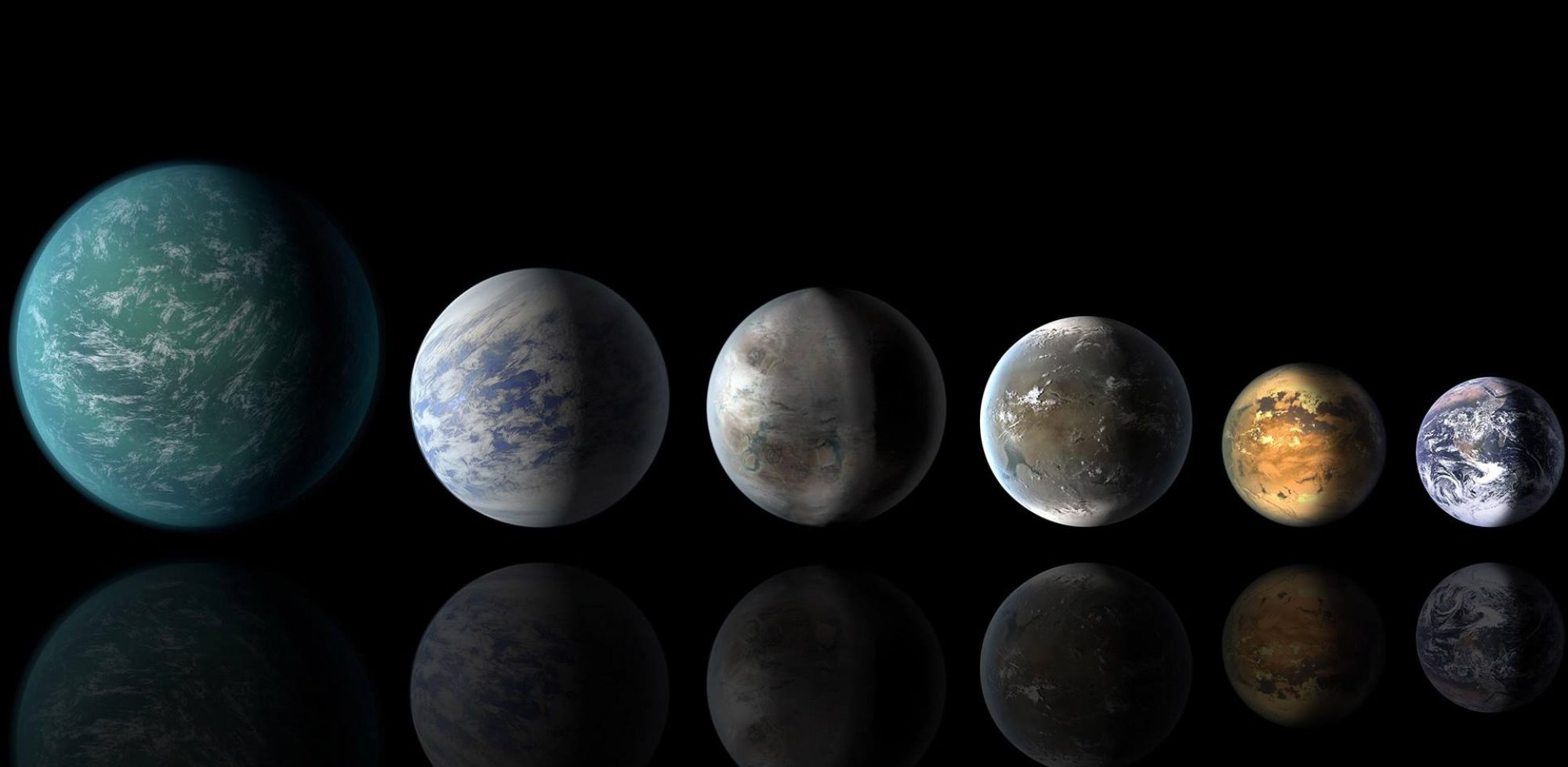"ALL THESE WORLDS ARE YOURS – EXCEPT EUROPA. ATTEMPT NO LANDING THERE." These are the words broadcast by the computer HAL as recounted in Arthur C. Clarke's book "2010: Odyssey Two," the sequel to the iconic "2001: A Space Odyssey." The message had been delivered to the computer by the non-corporeal David Bowman (the focus …
A New Model For How Earth Acquired Its Water
Theories abound on how Earth got its water. Most widely embraced is that asteroids, and maybe comets, crashed into our planet and released the water they held -- in the form of ice or hydrated minerals in their crystal structures -- and over time water became our oceans. The inflow was especially intense during what …
Continue reading "A New Model For How Earth Acquired Its Water"
Pam Conrad: The NASA Astrobiologist Who Also Became a Minister
Science and religion so often seem to be in conflict, with the chasm between them widening all the time. For many, the grounding of their religion is in faith and belief in powers beyond our understanding. For people of science, the grounding is in empirical facts and measurements that can be tested to help explain …
Continue reading "Pam Conrad: The NASA Astrobiologist Who Also Became a Minister"
What the JWST is Learning About Exoplanet Atmospheres
The James Webb Space Telescope is beginning to reveal previously unknowable facts about the composition of exoplanets -- about the presence or absence of atmospheres around the exoplanets and the makeup of any atmospheres that are detected. The results have been coming in for some months and they are a delight to scientists. And as …
Continue reading "What the JWST is Learning About Exoplanet Atmospheres"
What Would Happen If Our Solar System Had a Super-Earth Like Many Others? Chaos.
Before astronomers began to find planets -- many, many planets -- orbiting Suns other than ours, the scientific consensus was that if other solar systems were ever found they would probably look much like ours. That would mean small, rocky planets closest to the Sun and large gaseous planets further out. That assumption crash and …
Continue reading "What Would Happen If Our Solar System Had a Super-Earth Like Many Others? Chaos."
New Martian Surprise From The Curiosity Rover
In its more than a decade of exploring Gale Crater on Mars, the rover Curiosity has found innumerable signs of the presence of long-ago water. There have been fossil streams, alluvial fans, lakes shallow and deep, deltas and countless examples of rocks infiltrated and chemically transformed in the presence of water. The picture of the …
Continue reading "New Martian Surprise From The Curiosity Rover"
A New Twist On Planet Formation
Before the first exoplanets were discovered in the 1990s, our own solar system served as the model for what solar systems looked like. The physical and chemical dynamics that formed our system were also seen as the default model for what might have occurred in solar systems yet to be found. As the number of …
The JWST Discovers its First Earth-Sized Exoplanet
In the search for life on distant planets, scientists generally focus on identifying Earth-sized, rocky planets, finding planets in their host star's habitable zone, and having available the telescope power to read the chemical make-up of the atmospheres. A relatively small number of Earth-sized exoplanets discovered by telescopes in space and on Earth have meet …
Continue reading "The JWST Discovers its First Earth-Sized Exoplanet"
The World of Water Worlds
Among the most intriguing types of exoplanet expected to be orbiting distant stars is the "water world," planets that are liquid to a far, far greater extent than on Earth. Astronomers have theorized the existence of such planets and several candidates have been put forward, though not confirmed. But the logic is strong enough for …
Many Complex Organic Compounds –Evolved Building Blocks of Life — Are Formed Where Stars Are Being Born
Recent reports about the detection of carbon-based organic molecules on Mars by the instruments of the Perseverance rover included suggestions that some of the organics may well have fallen from space over the eons, and were then preserved on the Martian surface. Given the cruciality of organics as building blocks of life --or even as …
